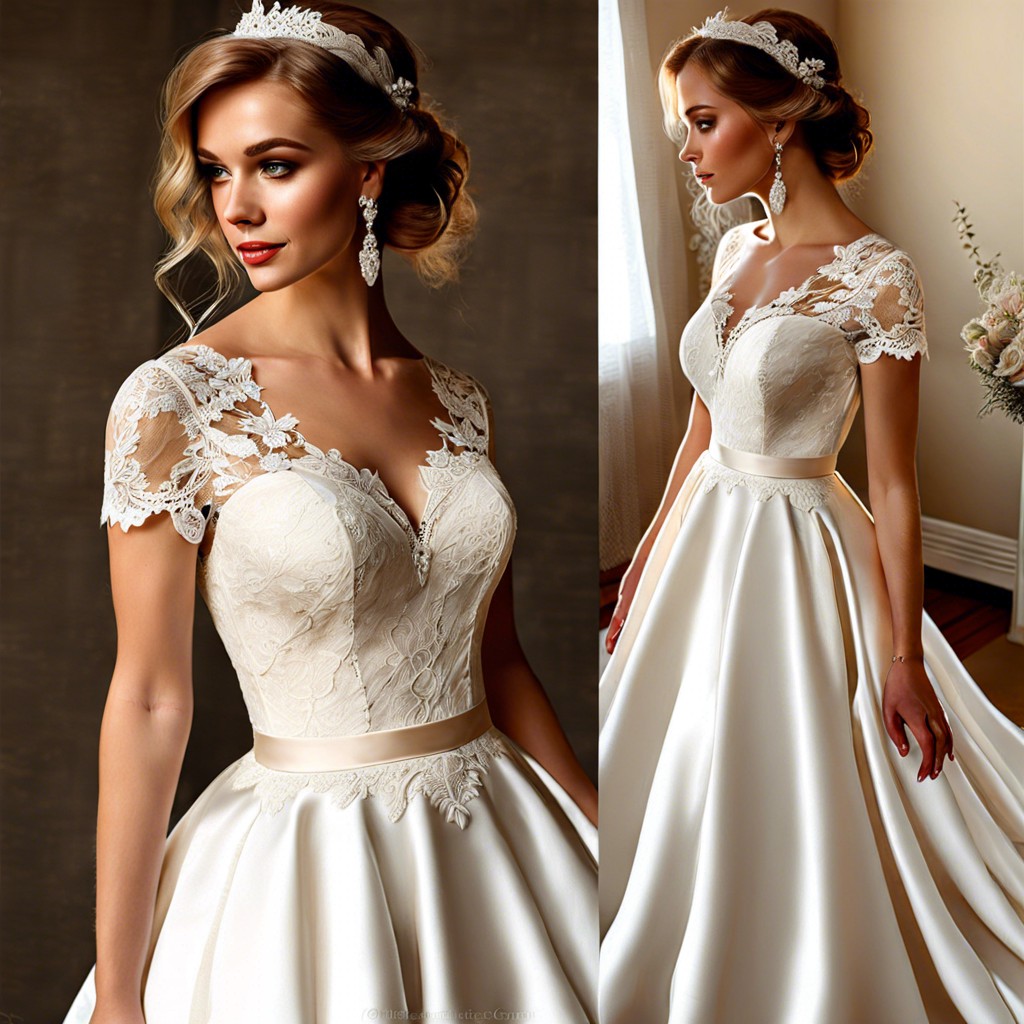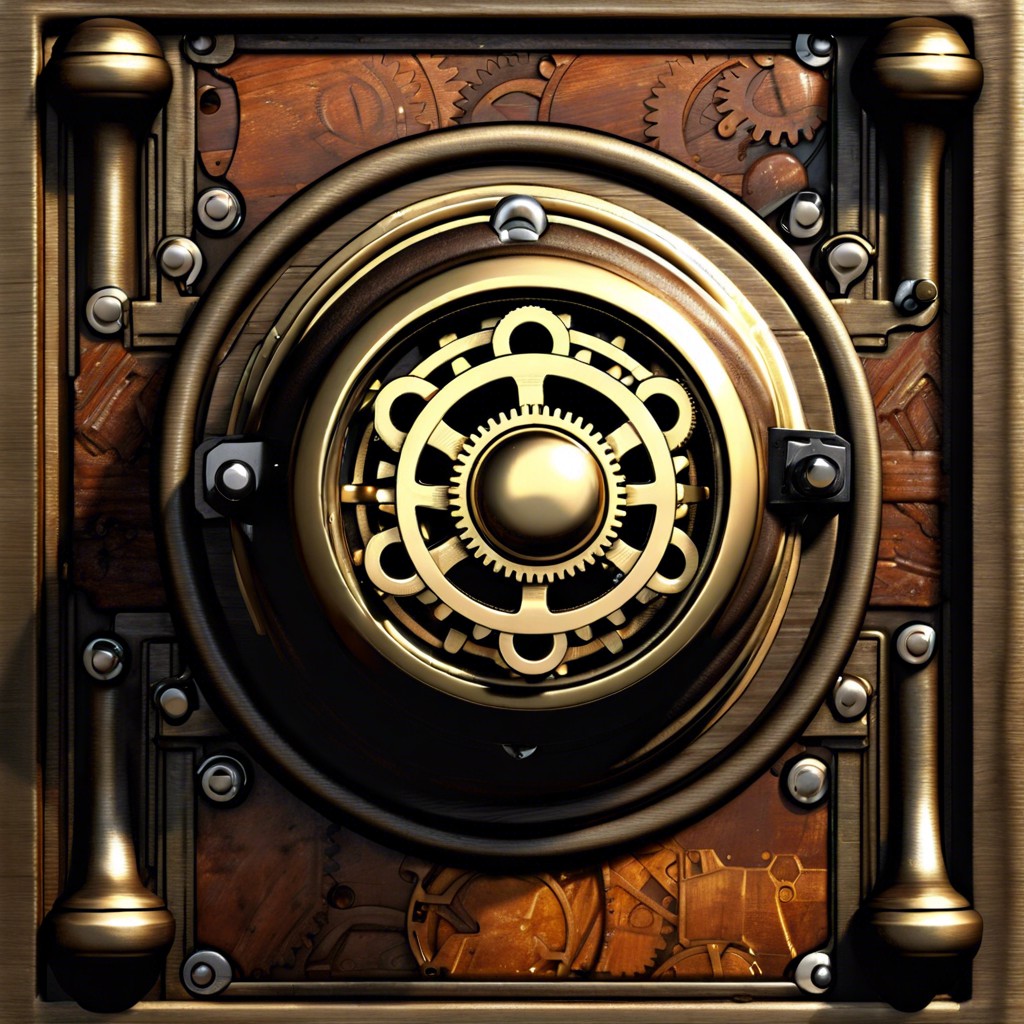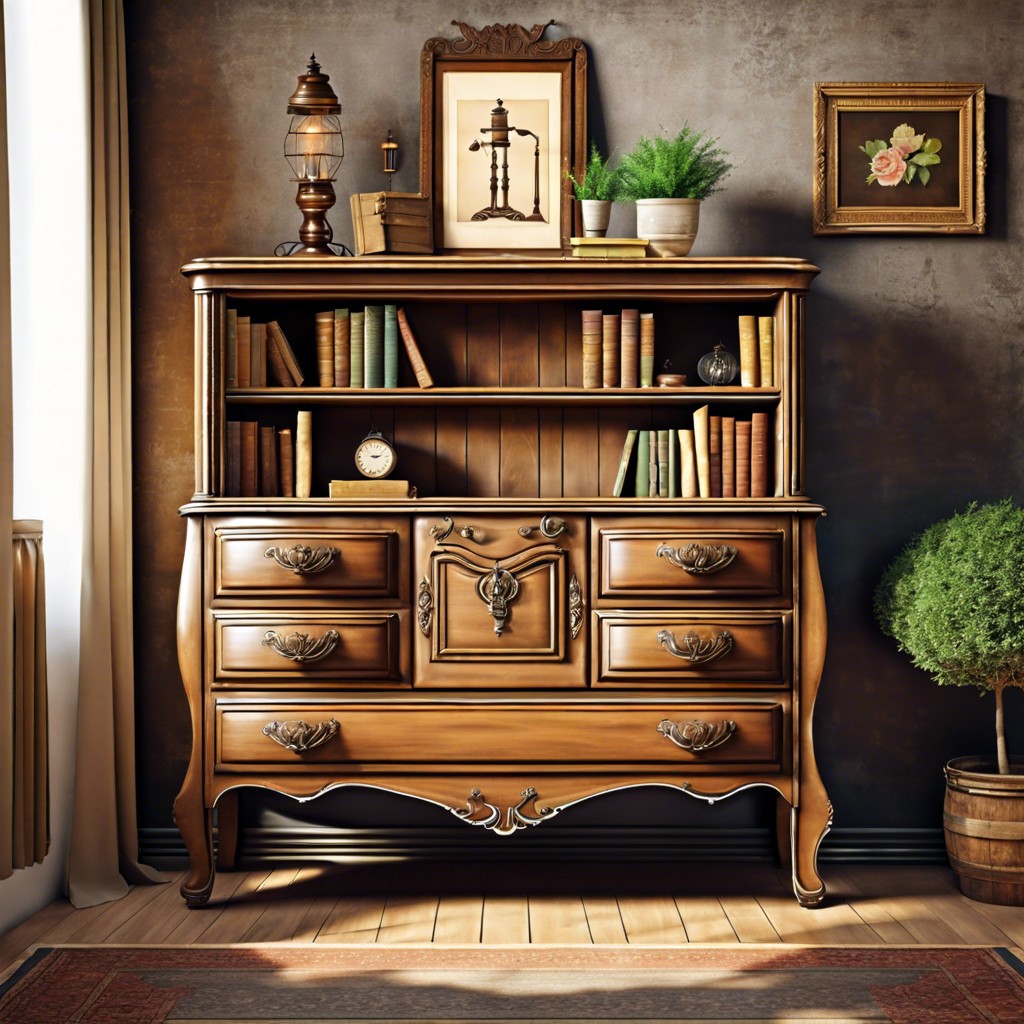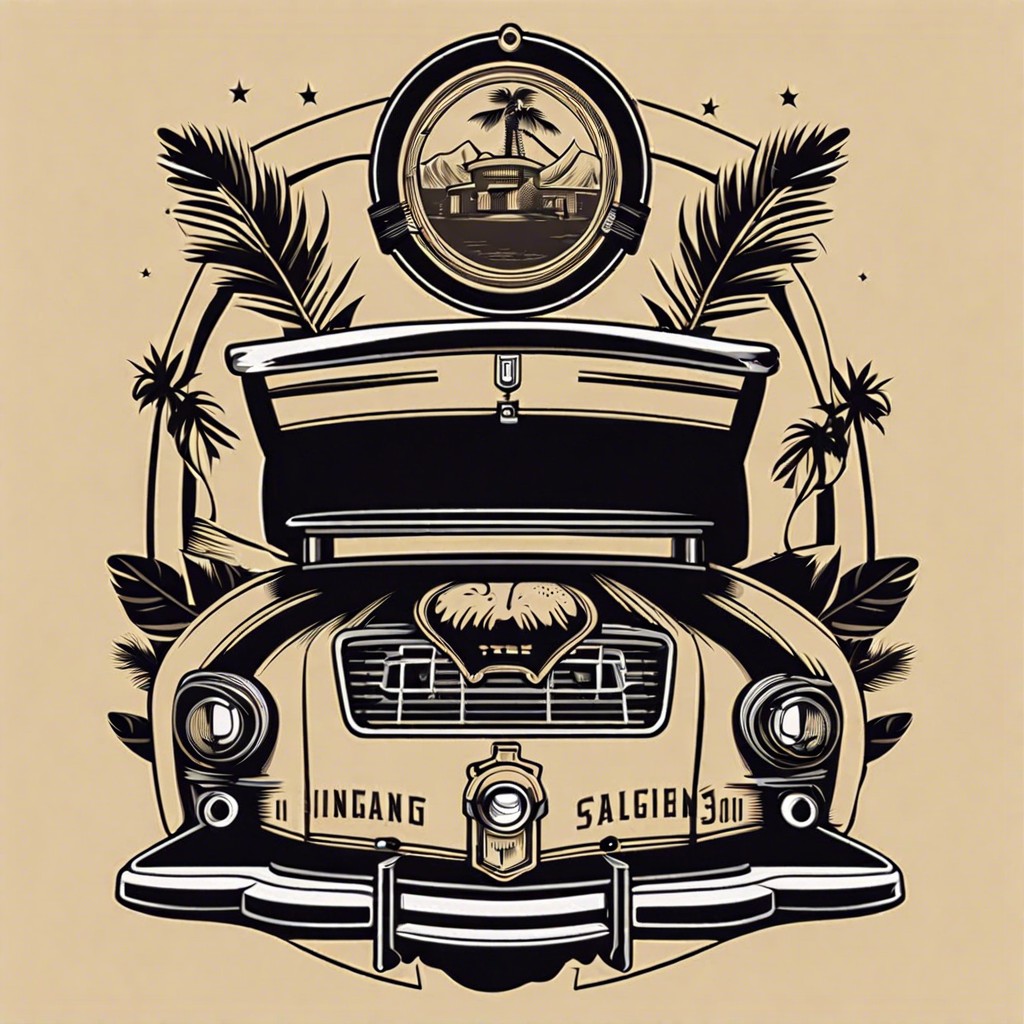Last updated on
Discover the charm and history of vintage cakes, from their origins to their place in modern-day celebrations.
Key takeaways:
- Vintage cake designs reflect cultural and social trends.
- Cake designs have evolved throughout history, influenced by art movements and technological advancements.
- Traditional cake production relied on natural, locally sourced ingredients.
- Taste and aesthetic were equally important in vintage cakes.
- Popular vintage cake designs include Victorian, Art Deco, 1950s retro, and 1960s-1970s psychedelic.
Historical Significance of Vintage Cake Designs
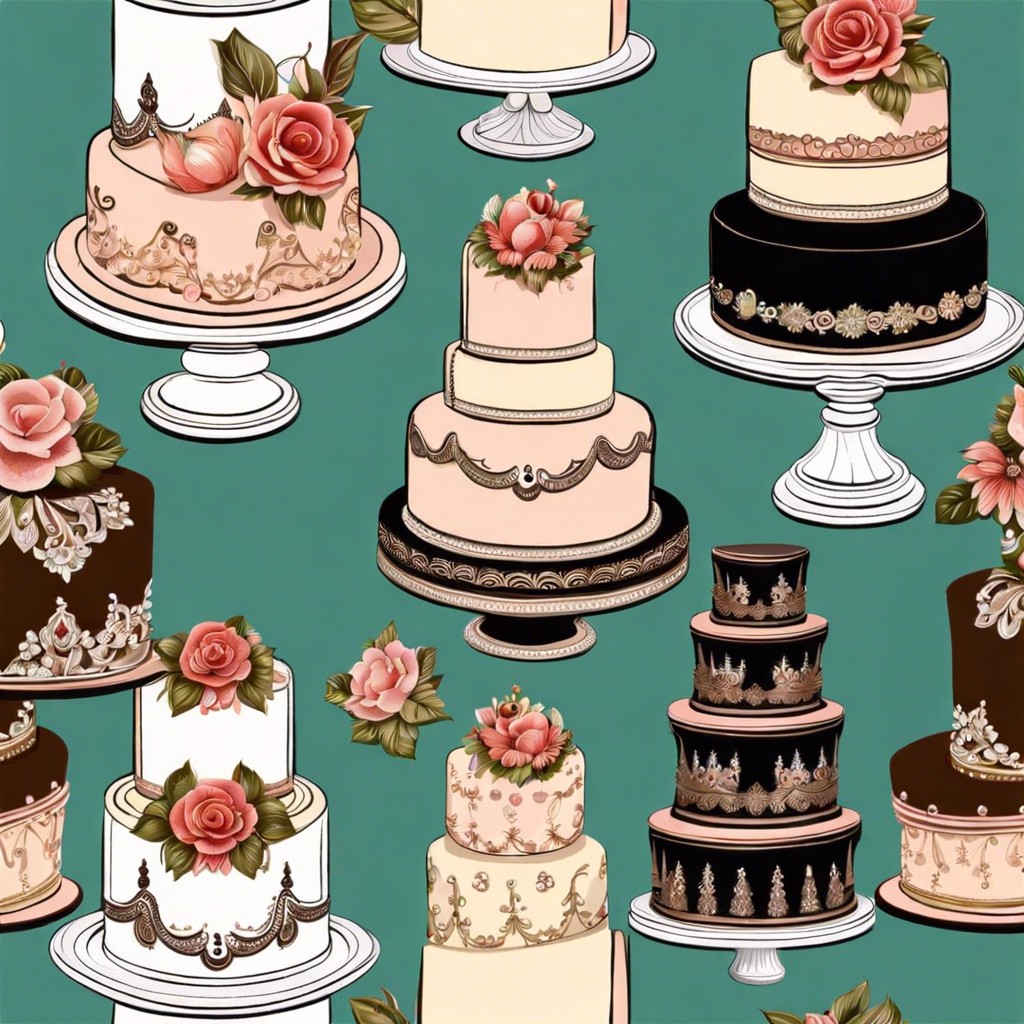
Vintage cake designs serve as edible archives that reflect the cultural and social trends of their times. In the late 19th and early 20th centuries, ornate cake decorations were a symbol of affluence and artistry in the baking world. These designs often featured intricate icing work, such as the lambeth method, which showcased the delicate skills of the baker.
Furthermore, significant events have historically influenced cake architecture. During wartime, for instance, the scarcity of resources led to simpler cake designs, whereas the prosperity of the post-war era saw a resurgence of elaborate decorations.
Additionally, the rise of domestic baking in the 1950s, partly due to increased availability of ready-mixed ingredients, encouraged whimsical and colorful cake designs that mirrored the optimistic societal mood. Cakes during this time period often bore the hallmarks of mid-century modern design: geometric patterns, pastel colors, and atomic-age motifs.
These historical patterns in cake design not only provide context to antiques collectors and culinary historians but also inspire contemporary bakers seeking to recreate or modernize classic styles.
Evolution of Vintage Cakes
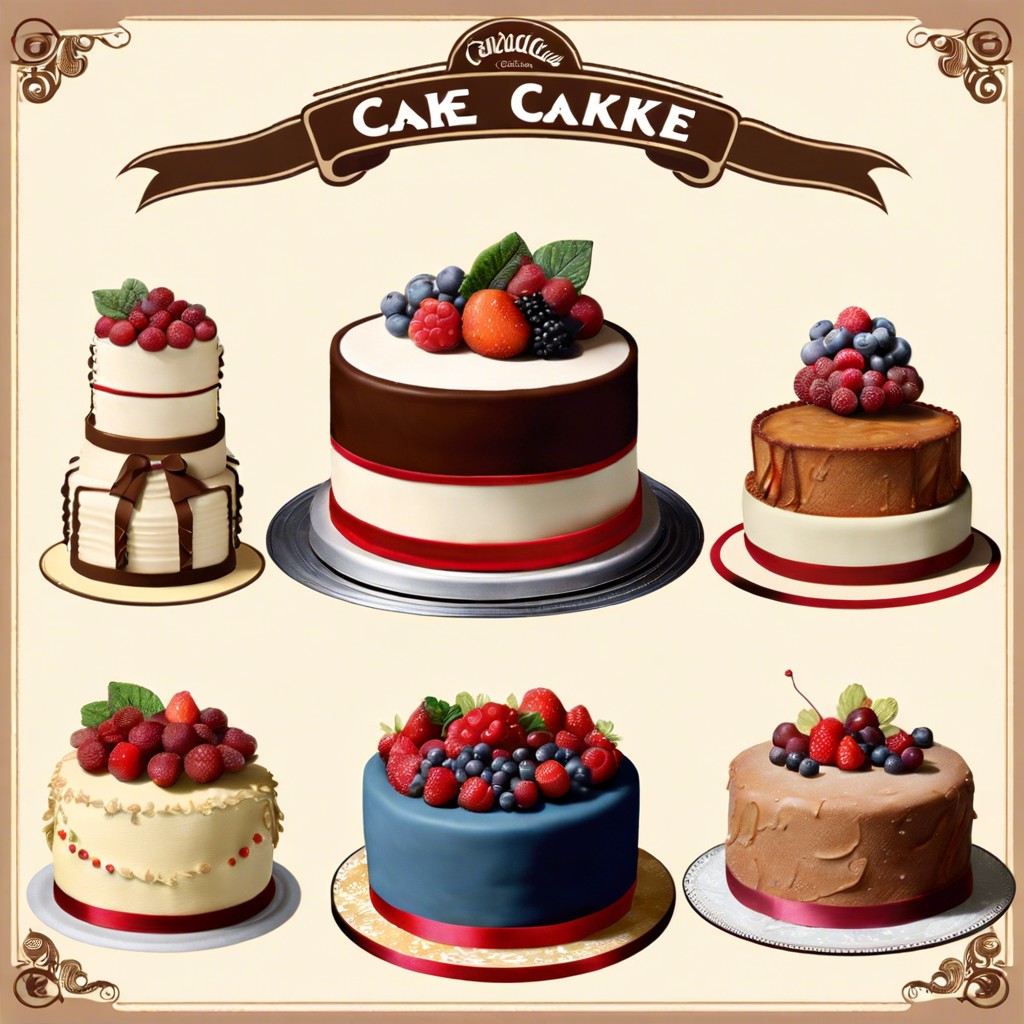
Throughout history, cake designs have mirrored the prevailing cultural and technological trends. In the Victorian era, for example, elaborate ornamentation was favored, reflecting the period’s affluence and craftsmanship. Bakers employed rich ingredients and complex molds to create visually-striking cakes that often served as centerpieces at gatherings.
The turn of the century witnessed the Art Nouveau movement influencing cake aesthetics, with designs showcasing natural forms and flowing lines. This period also saw the introduction of tiered cakes, which became the standard for celebratory events like weddings.
With the advent of the 1920s and Art Deco, sharp angles and geometric patterns took center stage. Cakes from this time showcased symmetry and contrast, often accented with extravagant edible decorations like gold leaf and bold colors.
Post-war, cake designs became simpler, responding to rationing and a shift towards practicality. However, by the mid-20th century, a resurgence of interest in adornment emerged. Television and magazines spread trends quickly, leading to a shared visual language for cakes, including the popularization of buttercream frosting and piped decorations.
The late 20th century brought technological advancements in baking equipment, ingredients, and preservation methods. These advancements, along with globalization, have allowed for an eclectic mix of vintage styles in contemporary cake design, blending traditions to create new innovations that pay homage to the past.
Materials and Techniques in Vintage Cake Production
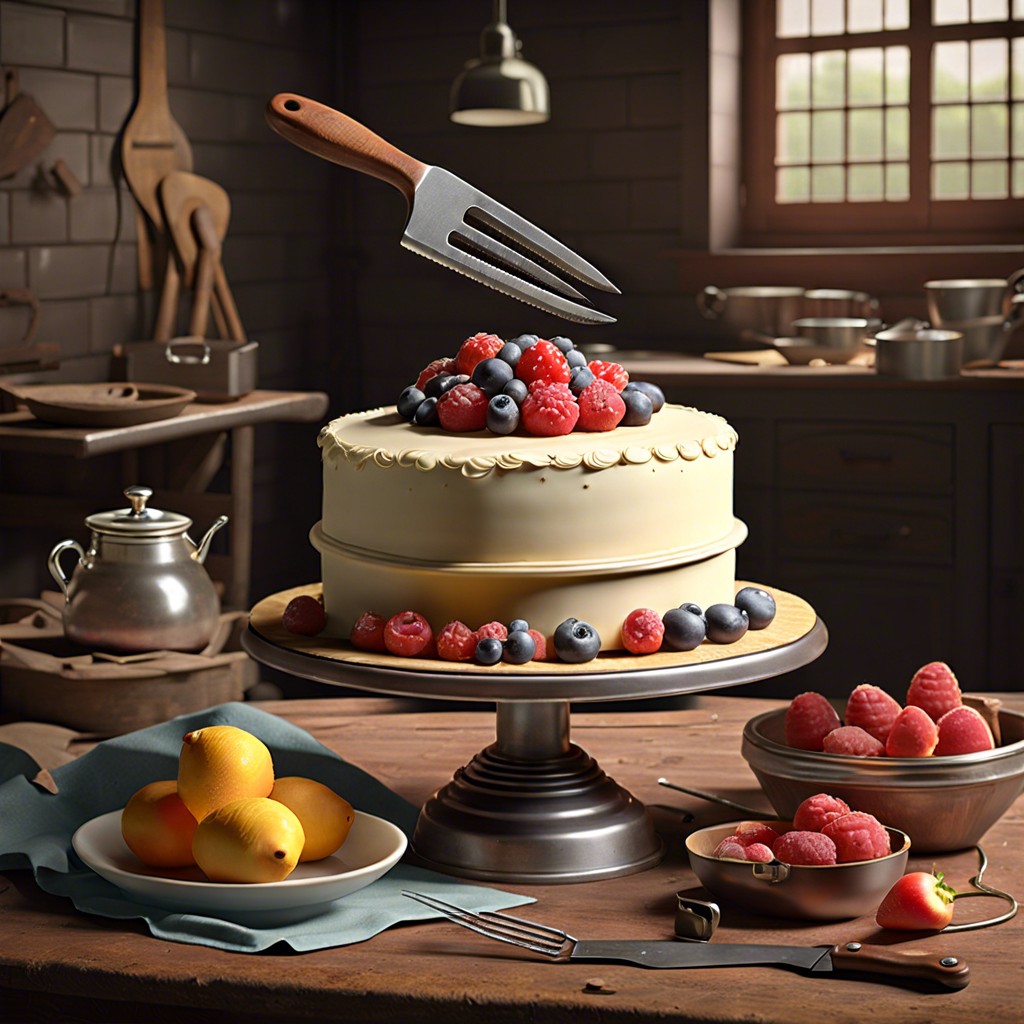
Traditional cake production relied on natural, often locally sourced ingredients. Flour, eggs, sugar, and butter formed the staple components. The availability of ingredients influenced regional cake varieties and flavors.
In the past, bakers often had to mill their own grains, churn butter, and use molasses or honey for sweetening. Frosting, if used, was simple, with basic whipped cream or a dusting of powdered sugar, unlike today’s fondant or buttercream varieties.
Techniques used in vintage cake production were also distinct. Without modern electric mixers, ingredients were mixed by hand, contributing to the denser texture of cakes from bygone eras. Ovens lacked precise temperature controls, requiring bakers to expertly judge heat and cooking time.
Decorations primarily included natural elements such as flowers or fruits, and piping was done with basic tools. The artistry lay in the skillful manipulation of these simple tools to create elegant designs.
The baking process was communal and social. Recipes were passed down orally or through handwritten notes, fostering a deep sense of tradition and community around cake-making.
The Relationship Between Taste and Aesthetic in Vintage Cakes
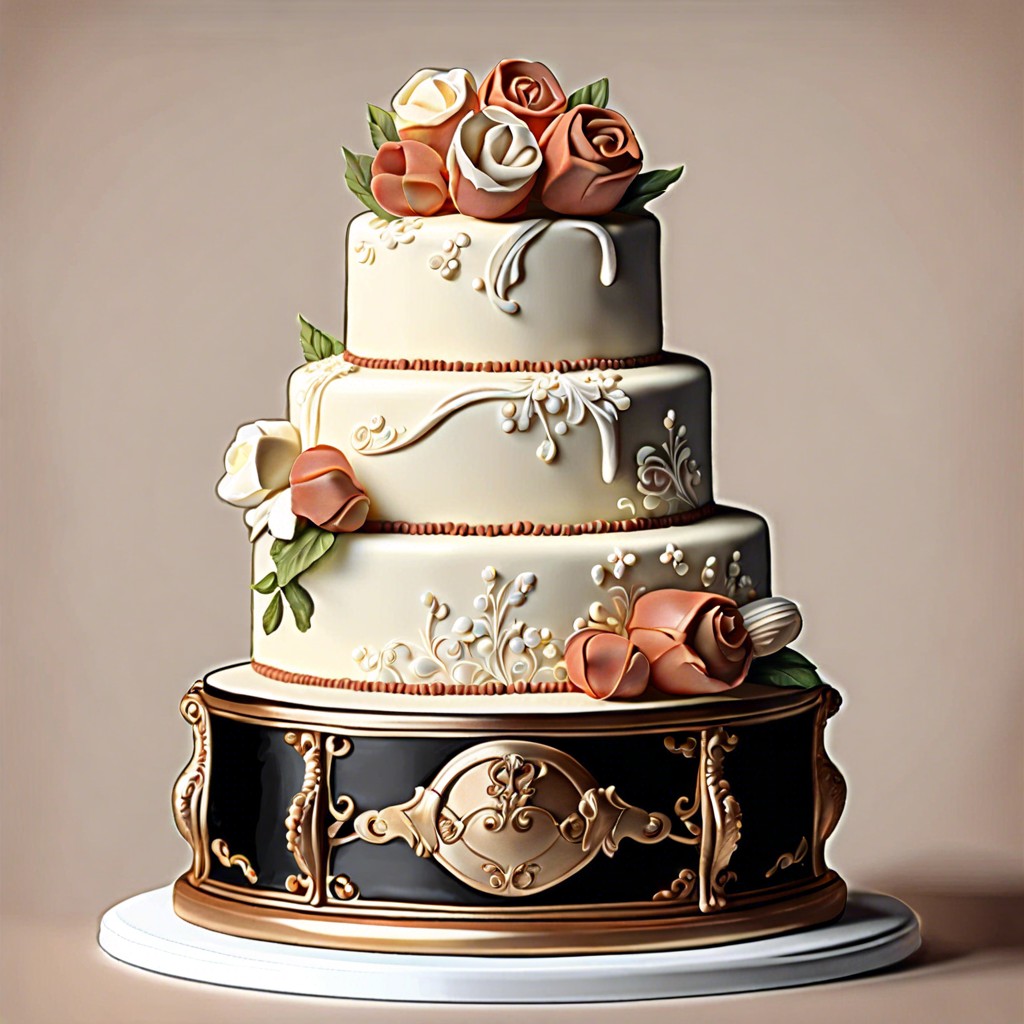
In the realm of vintage cakes, the sensory pleasure derived from taste was often equally weighted with the visual spectacle of the cake’s design. Artistry in icing techniques such as lambeth method, an elaborate English over-piping technique, was highly esteemed. These embellishments were not merely decorative but intended to signify the celebratory nature of the event, enhancing the overall experience.
Flavors, though sometimes constrained by the era’s available ingredients, were no less sophisticated. Recipes frequently featured rich combinations like fruit and nuts, or the timeless appeal of classic flavors such as vanilla and chocolate. The flavor profiles were balanced to ensure that the interior matched the exterior’s opulence.
Natural dyes, derived from sources such as beetroot for red and spinach for green, not only added color but also subtle flavor undertones. These ingredients were part of a broader cultural aesthetic that valued both the cake’s appearance and the ingredients’ provenance.
Furthermore, the choice of cake toppers and decorations often conveyed a narrative, symbolizing anything from the season in which the celebration was occurring to the social status of the hosts. Edible flowers, for instance, were more than just visual; they were considered a delicacy, and their flavors were carefully selected to complement the cake itself.
Popular Vintage Cake Designs
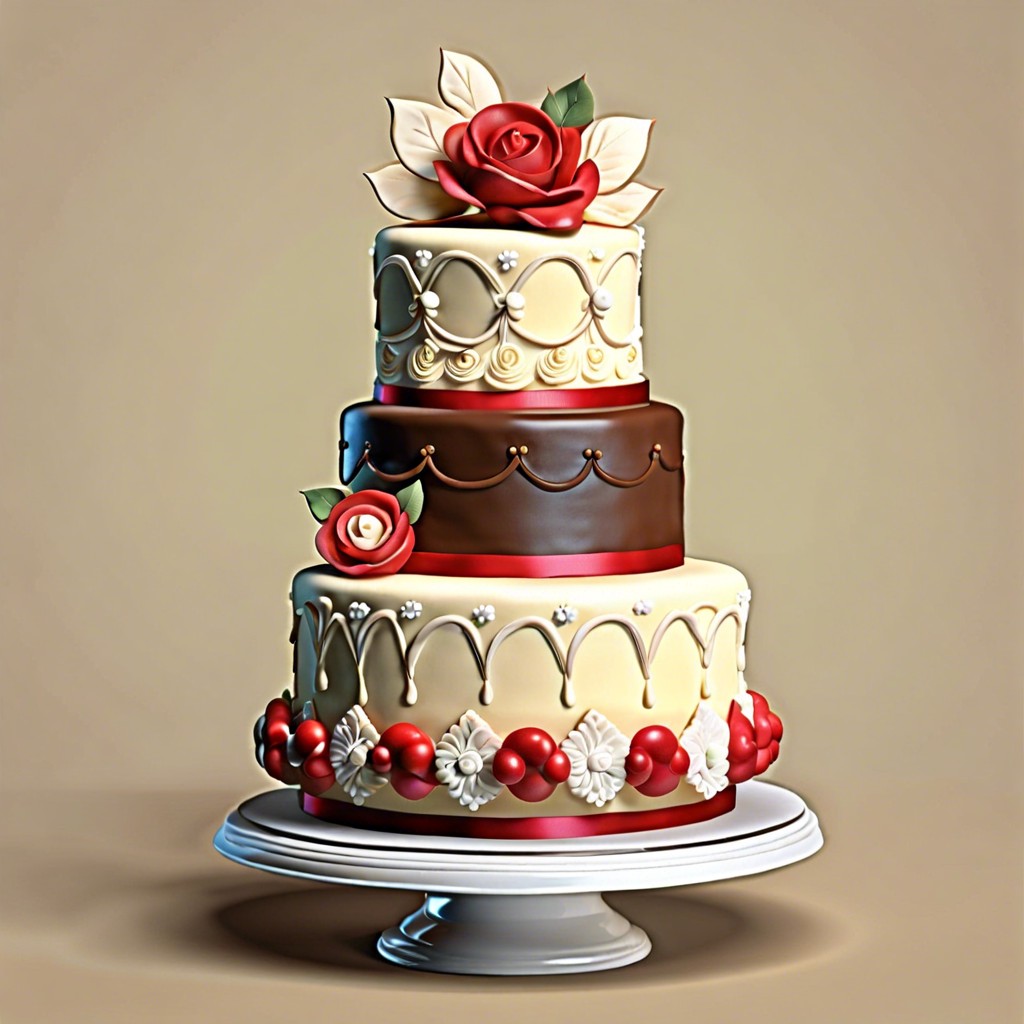
Victorian Era: Renowned for lavish ornamentation, cakes in the Victorian period often featured intricate icing techniques such as lacework and piped flowers. Weddings and high teas showcased these elaborate designs.
Art Deco Influence: Characterized by geometric shapes and bold colors, cakes from the Art Deco period mirrored the architecture and fashion of the 1920s and 1930s.
Retro 1950s Style: This era brought forth cakes with pastel colors and simple designs, reflective of the post-war optimism. Popular motifs included polka dots and playful shapes.
1960s and 1970s: Psychedelic colors and groovy patterns inspired by the Flower Power movement were prevalent in cake designs. The use of fondant became more common, allowing for smoother surfaces and more elaborate shapes.
Each design represents a snapshot of the cultural and social aesthetics of its time, offering insight into the periods’ taste preferences and baking technologies.

